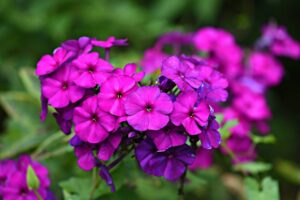Creating a serene and lush pathway through a shade garden can be an enchanting experience. For those who embrace gardening, particularly in shaded areas, selecting the right plants is crucial to ensuring your pathways are alive with color and texture.
This comprehensive exploration of shade garden plants suitable for pathways includes a variety of beautiful options, ensuring that your shaded areas are just as vibrant and inviting as sun-drenched spaces.
Hydrangea
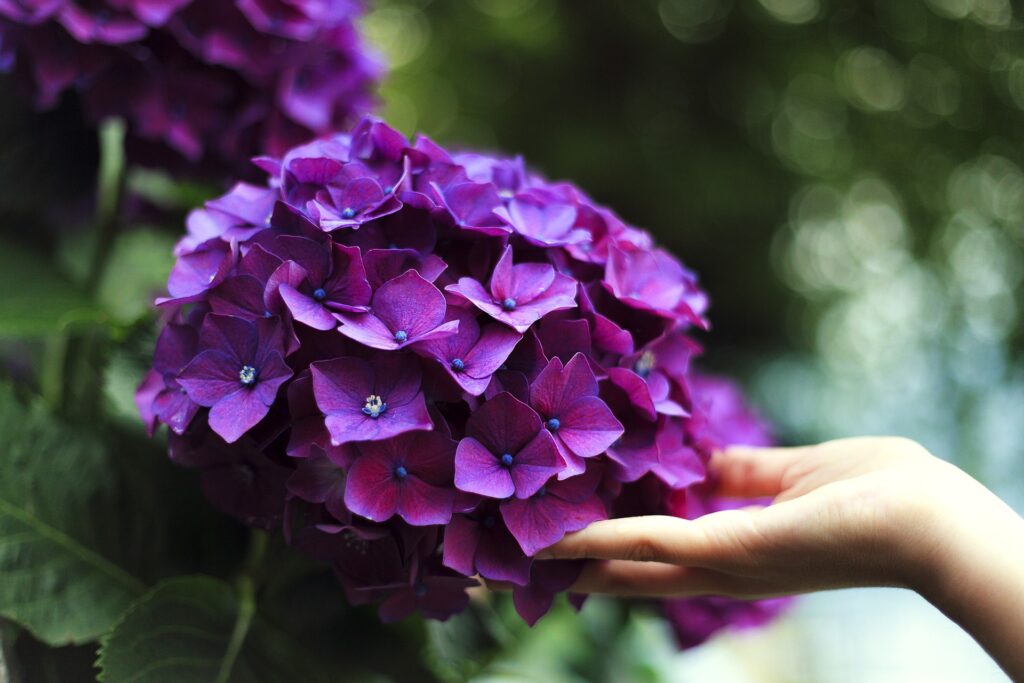
If you’re dreaming of abundant blooms and a touch of elegance along your pathway, hydrangeas are an exceptional choice. These versatile shrubs are perfect for partial to full shade, and they boast stunning clusters of flowers in various colors, including shades of blue, pink, white, and purple.
The beauty of hydrangeas is their ability to change flower color based on soil pH. For instance, in acidic soils, you may get gorgeous blue blooms, while alkaline conditions can yield captivating pinks. With their lush foliage and large flower heads, hydrangeas make an ideal backdrop along garden paths, creating an inviting and soft pathway outline.
Furthermore, hydrangeas require minimal maintenance, making them beginner-friendly. Regular pruning in late winter or early spring can stimulate healthy growth and fuller blooms. Consider planting a few collapsible varieties, like ‘Mini Penny’ or ‘Bobo,’ to keep your pathway from becoming overcrowded and maintain visibility.
Nicotiana
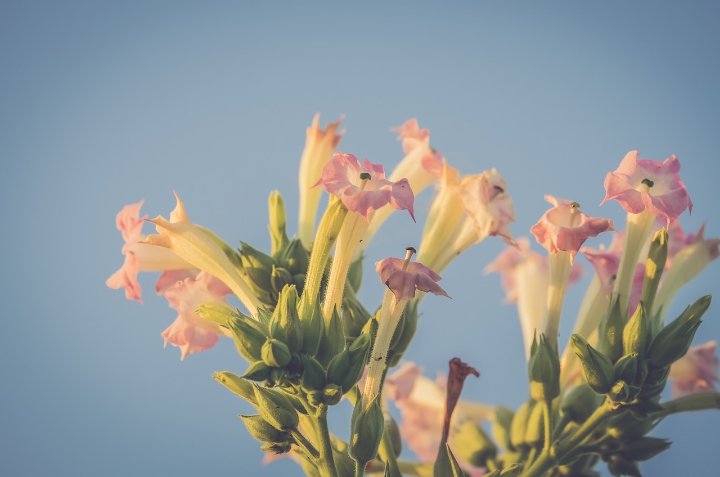
Nicotiana, or flowering tobacco, is a lesser-known gem in the world of shade garden plants. This plant can thrive in partial to full shade, bringing an alluring silhouette to garden pathways. Known for their fragrant, tubular flowers, nicotiana emits a delightful scent, particularly in the evenings, making a stroll through your garden even more magical at twilight.
Apart from their uncanny ability to shade-tolerate, nicotiana comes in a variety of colors, from soft white to deep pink and striking red. This floral diversity allows for creative combinations along pathways, with seasonal blossoms providing continuous interest. They are also self-seeding, which means that once established, they may pop up year after year with little effort on your part.
When planting nicotiana, consider clustering them to enhance their visual impact. These graceful flowers attract pollinators and can also serve as a natural pest deterrent, contributing to an overall balanced ecosystem in your garden.
Ferns
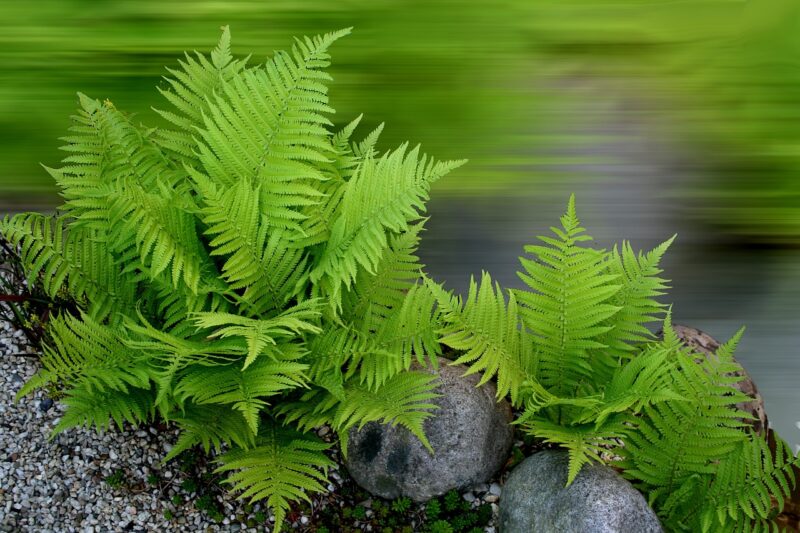
Ferns are the quintessential plants for any shade garden. With their feathery fronds and lush, green foliage, ferns add a touch of elegance and texture to garden pathways. They thrive in moist, well-drained soil and naturally flourish in shaded conditions, making them an easy choice for beginners.
There are many varieties of ferns to choose from, such as the classic ostrich fern, the delicate maidenhair fern, and the impressive Japanese painted fern. Each brings unique character; for instance, Japanese painted fern features silvery leaf markings, contributing to a softly glowing effect in dim areas.
Incorporating ferns into your pathway design can create a soft, natural look. They work wonderfully when paired with higher plants, such as hostas or hydrangeas, creating layers of green that draw the eye. Plus, ferns are resilient and low-maintenance, requiring minimal care once established.
Impatiens
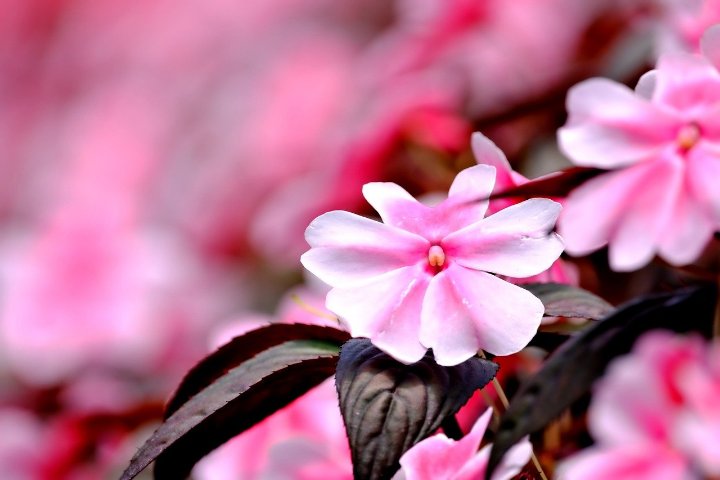
If you’re seeking vibrant color in low-light areas, impatiens are your go-to option. These shade-loving annuals offer a really impressive array of colors, ranging from white and pink to emotional reds and even striking purples. Their compact growth habit makes them perfect for borders along pathways.
Impatiens bloom profusely throughout the summer, creating a lively display that can brighten even the shadiest corners of your garden. They thrive in moist, well-drained soil and benefit from regular watering, particularly in hot weather. This makes them ideal for planting along paths where they can be regularly spotted or touched by passersby.
For a truly dynamic look, consider mixing different colors of impatiens together. They also pair beautifully with other shade-loving plants like ferns and hostas, providing various heights and textures that make your path inviting and visually appealing.
Coral Bells
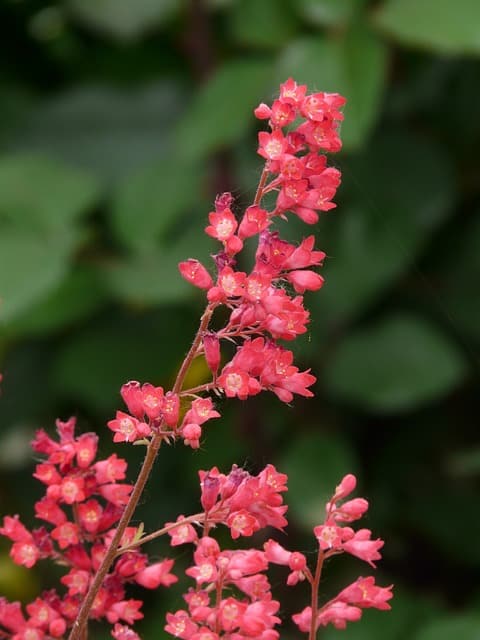
Coral bells, or Heuchera, are ideal for adding color and texture to your shade garden pathways. Renowned for their stunning foliage available in a wide range of colors—from deep burgundy to bright lime green—these plants provide interest even when they’re not in bloom. Their tiny, bell-shaped flowers emerge on slender stalks, typically in late spring to early summer, adding a whimsical touch to your garden.
Coral bells thrive in partial shade and well-drained soil, making them relatively easy to care for. They are also drought-tolerant once established, so you don’t have to worry as much about consistent watering. Planting coral bells along your pathway can create striking visual contrasts with other plants that have broader leaves, enhancing the dynamic nature of your garden.
Consider using different varieties to enjoy a range of colors and textures. The foliage remains beautiful throughout the entire growing season, making these plants a wise choice for long-lasting beauty.
Coleus
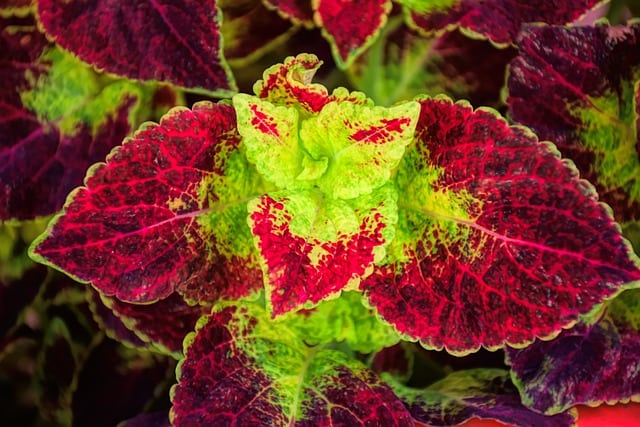
For gardeners looking to inject bold colors into their shade paths, coleus is an irresistible choice. Known for their vividly textured leaves in a wide palette of colors—lime green, red, purple, and bronze—coleus brings stunning visual appeal to any garden.
Coleus loves partial to full shade and enjoys moist, rich soil. These plants can thrive in various conditions, making them exceptionally adaptable. With their bushy and vibrant foliage, they create a dazzling contrast with other shade plants and come in both compact and trailing varieties.
The flexibility of coleus allows you to use them as border plants or in containers along your pathways. They will keep offering a burst of color throughout the growing season, and with proper pinching back, you can encourage fuller growth and maintain their shape.
Geranium Cranesbill
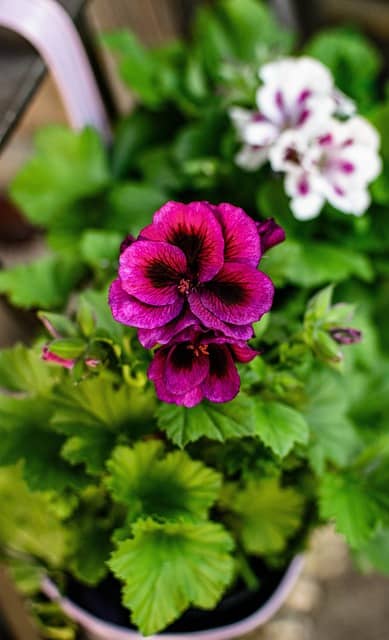
Geranium cranesbill, or Geranium macrorrhizum, is a low-growing perennial that thrives in partial to full shade. These resilient plants produce delicate, cup-shaped flowers, typically in shades of purple or pink, which bloom in late spring and early summer. The unique ability of cranesbill to spread creates a lovely ground cover that can effectively soften the edges of your pathways.
The aromatic foliage adds another layer of appeal, giving off a subtle scent that can invigorate anyone walking by. Geranium cranesbill is also drought-resistant once established, requiring minimal maintenance. Their low growth habit ensures they won’t obstruct pathways or overpower surrounding plants.
Incorporating geranium cranesbill alongside other shade plants creates harmonious plantings that are both practical and visually engaging. Their adaptability makes them an excellent choice for beginner gardeners looking to fill in shady spaces with hardy, attractive foliage.
Primrose
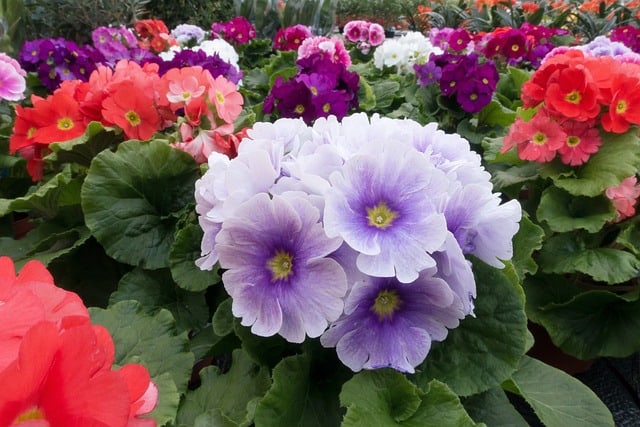
Primrose is a classic spring bloomer that can thrive in shaded areas. With an array of colors including yellow, pink, and white, these flowering perennials herald the arrival of warmer weather with a burst of cheerful blossoms, making them a delightful addition to your garden pathways.
Primroses require moist, well-draining soil, and they appreciate some shelter from the harsh afternoon sun. They thrive in partial shade and will reward you with plentiful blooms that attract a plethora of pollinators. Their rosette of leaves forms a lush carpet that can complement taller plants along your path.
When selecting primroses, aim to plant them in clusters, which can amplify their visual impact along pathways and provide continuous pops of color as other plants begin to fade. Additionally, as they self-seed, they offer the potential for delightful surprises year after year.
Dead Nettle
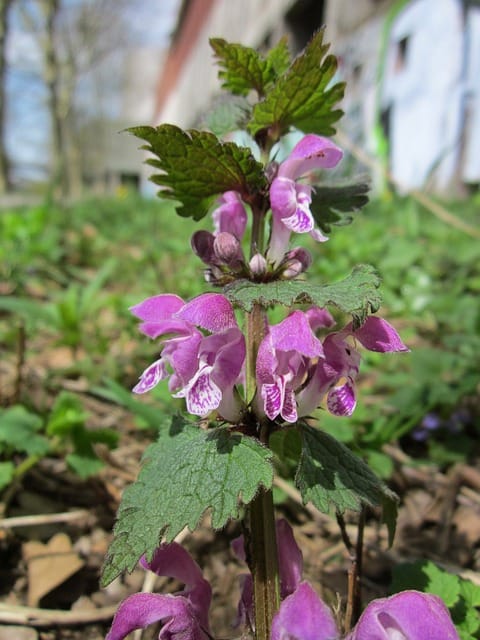
Dead nettle, or Lamium, is often overlooked yet is a fantastic plant for shaded pathways. Known for its beautiful leaf variegation—ranging from green and white to silver and purple—this herbaceous perennial adds texture and color even in the shadiest spots of your garden.
Dead nettle thrives in moist, well-drained soil, preferring partial shade, making it an easy-to-grow option. Its creeping nature makes it ideal for use as ground cover, helping to suppress weeds and create a cohesive look along paths. The delicate flowers, usually pink or white, appear in early spring, attracting various pollinators.
Using dead nettle in your garden provides not only visual interest but also ecological benefits. Its low and sprawling growth habit can create a boundary along pathways while elegantly filling in gaps among larger plants.
Astilbes
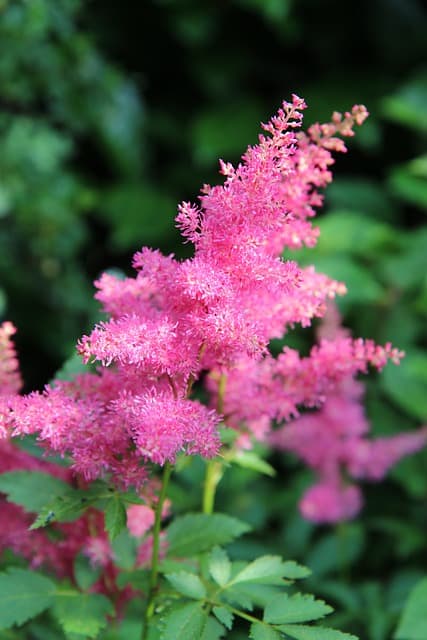
Finally, astilbes are renowned for their airy feathery plumes and lush foliage. These perennials thrive in consistently moist, shady spots and can provide dramatic color from early to late summer. Astilbe flowers come in various shades, such as white, pink, red, and purple, allowing you to create a striking display alongside your pathway.
They prefer rich, organic soil and appreciate regular watering to keep their roots cool and moist. When planted along pathways, astilbes make a bold statement with their regal blossoms and prolific blooms.
To maintain a continuous bloom, consider combining different varieties with staggered bloom times. Astilbes also pair well with ferns and hostas, creating an enticing contrast between their fluffy plumes and broader leaves, further enhancing the allure of shaded garden pathways.
FAQ
What are the best plants for shaded pathways?
The best plants for shaded pathways include hydrangeas, nicotiana, ferns, impatiens, coral bells, coleus, geranium cranesbill, primrose, dead nettle, and astilbes. These plants thrive in partial to full shade and add color, texture, and vibrancy to your garden.
Do shade plants require special care?
While shade plants generally require less sunlight, they still need attention to soil quality and moisture. Most shade plants thrive in rich, well-draining soil and benefit from regular watering to keep the soil consistently moist, particularly during dry spells.
Can I mix different types of shade plants?
Absolutely! Mixing different types of shade plants creates visual interest and enhances the overall aesthetics of your garden. Consider varying heights, textures, and colors to create an engaging pathway that draws the eye and encourages exploration.
How often should I water shade plants?
Watering needs can vary by plant, but generally, shade plants require consistent moisture, particularly during dry spells. It’s crucial to monitor the soil; if it’s dry an inch below the surface, it’s time to water. Aim to water deeply to encourage strong root growth.
Can I create a shade garden in containers?
Yes, you can create a beautiful shade garden in containers! Many shade-loving plants, such as impatiens, coleus, and ferns, thrive in pots. This option allows for flexibility and creativity, enabling you to move containers around for ideal sunlight or visual appeal.




